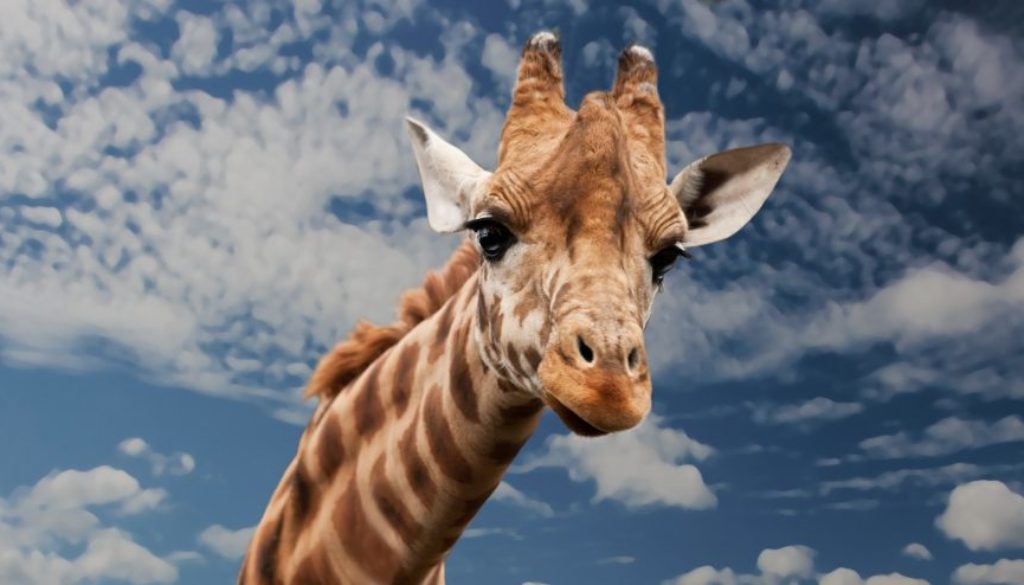NRDC and Allies Sue Trump Administration to Protect Giraffes
By Elly Pepper, Natural Resources Defense Council
Today NRDC and our partners filed suit against the Trump administration for failing to meaningfully respond to our petition asking them to list giraffes as an endangered species.
In April 2017, we joined the Center for Biological Diversity, the International Fund for Animal Welfare, the Humane Society of the United States, and Humane Society International to send a petition to the U.S. Fish and Wildlife Service, asking it to list giraffes under the Endangered Species Act (ESA). Under the ESA, the Fish and Wildlife Service had 90 days to determine whether the listing “may be warranted” and, if so, another nine months to determine whether the listing “is warranted.”
When the Fish and Wildlife Service didn’t respond, we sent a Notice of Intent letter asking the agency to respond to our petition within 60 days with a date by which they’d determine whether the listing may be warranted—or we’d sue.
They didn’t. So we’re suing.
As with many imperiled species, there is no time to waste when it comes to giraffes. They are undergoing a “silent extinction” and have declined by 40 percent over the past 30 years. In fact, there are fewer giraffes left on this planet than African elephants—less than 100,000 remain.
The causes of this drastic decline include loss of habitat, commercial overutilization, and severe poaching. Expanding human populations and increased land use activities such as ranching and mining have meant severe habitat loss and fragmentation for giraffes. Civil unrest, as well as poaching for bushmeat, bones, tail hair, and other parts, contribute to giraffe mortality.
Giraffes are also hunted for sport—likely a key reason the Fish and Wildlife Service is dragging its feel when it comes to listing these animals, given the Trump administration’s closeness with the trophy hunting industry (another lawsuit we’re fighting). Indeed, giraffes are a favorite target of trophy hunters, with U.S. hunters importing 3,744 trophies between 2006 and 2015. Giraffes are also plagued by a burgeoning international trade in their parts (e.g., bone, skin, hair, feet, tails), with the United States serving as a major importer of giraffe bone carvings (21,402) and skin pieces (3,008) over the past decade.
The bottom line is that current regulatory mechanisms are failing to protect giraffes. As a significant importer of giraffes and their parts—and as a global leader in conservation—the United States can make a large and positive impact on the international trade of the species.
An endangered listing for giraffes will help the species in several ways. Perhaps most importantly, it will better regulate U.S. commercial import/export of giraffe parts, sport-hunted trophies, live giraffes, and more, and require enhancement authorization for trophies. An endangered listing will also help regulate the interstate trade in giraffe trophies and parts, which appears to be growing, with at least 1,224 giraffe parts available for sale online in America over a period of less than one month, including skeleton parts and products made from giraffe bone, hair, and skin. Finally, ESA protections will also benefit giraffes by increasing worldwide awareness of its plight and generating potential funding for scientific research and in situ conservation of the species in a range countries.

